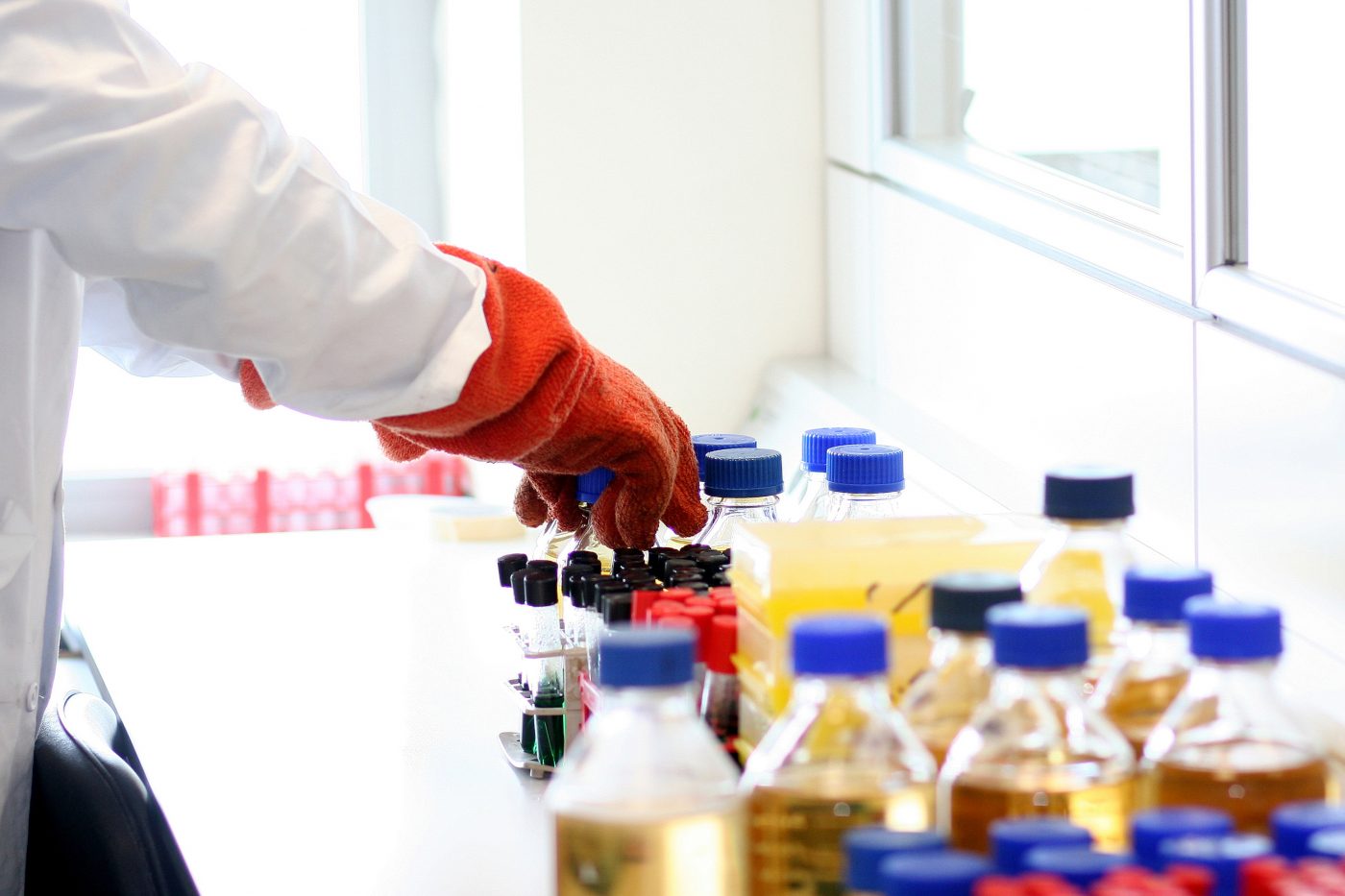GlobalData Says Global Treatment Market For Duchenne’s Will Expand To $990 Million By 2019

GlobalData recently reported that the global treatment market for Duchenne Muscular Dystrophy will expand in value at a staggering Compound Annual Growth Rate (CAGR) of 160.5%, from about $8.2 million in 2014 to $990 million by 2019.
In the latest report, OpportunityAnalyzer: Duchenne Muscular Dystrophy – Opportunity and Market Analysis to 2019, GlobalData notes that this growth will occur across 6 major world markets: the United States, Germany, France, Italy, United Kingdom and Spain. The United States will be responsible for 44.8 percent of this total market value, and the other 5 European countries will be responsible for 55.2 percent; these estimates are for the year 2019.
According to Nikhilesh Sanyal, an analyst for the firm, the main driver behind this huge expansion will be the market entry of three key therapies: Sarepta Therapeutics’ eteplirsen, PTC Therapeutics’ Translarna, and BioMarin/Prosensa’s drisapersen.
Sanyal noted in a press release: “These mutation-specific drugs are expected to have a high price point due to their novelty, efficacy and orphan drug status, and will contribute 85.6 percent to the Duchenne Muscular Dystrophy treatment arena by 2019. While Translarna is expected to be the top-selling Duchenne Muscular Dystrophy drug by 2019, exon-51-skipping therapies drisapersen and eteplirsen will also be a hotspot for growth, thanks to their rapid clinical development and significant demand. Despite rapid developments in Duchenne Muscular Dystrophy therapeutics over the last five years, there remains a large unmet need among patients who are not amenable to these mutation-specific drugs, and who would benefit from effective disease-modifying therapies.”
Sanyal added that the drug developers will need in the future to overcome several challenges in order to take advantage of this incredible opportunity in the healthcare marketplace for MD. “There is currently a lack of standardization for measuring clinical efficacy across all stages of Duchenne Muscular Dystrophy. While most studies use the change in the six-minute walk test as the primary clinical endpoint, this applies only to ambulant patients and therefore excludes non-ambulant individuals, as well as children under the age of five. Furthermore, the high cost of novel disease-modifying drugs means that their reimbursement by local health authorities and insurance companies may be prevented following their entry into the arena,” as the analyst concluded.
For DMD patients and their families, projections of booming market growth in the treatment of the disease is a reason for hope, as these projections suggest that experimental therapies currently in the development pipeline are promising enough to eventually be approved by the FDA and other world health authorities in the future, leading to dramatically improved patent outcomes.
[adrotate group=”3″]






